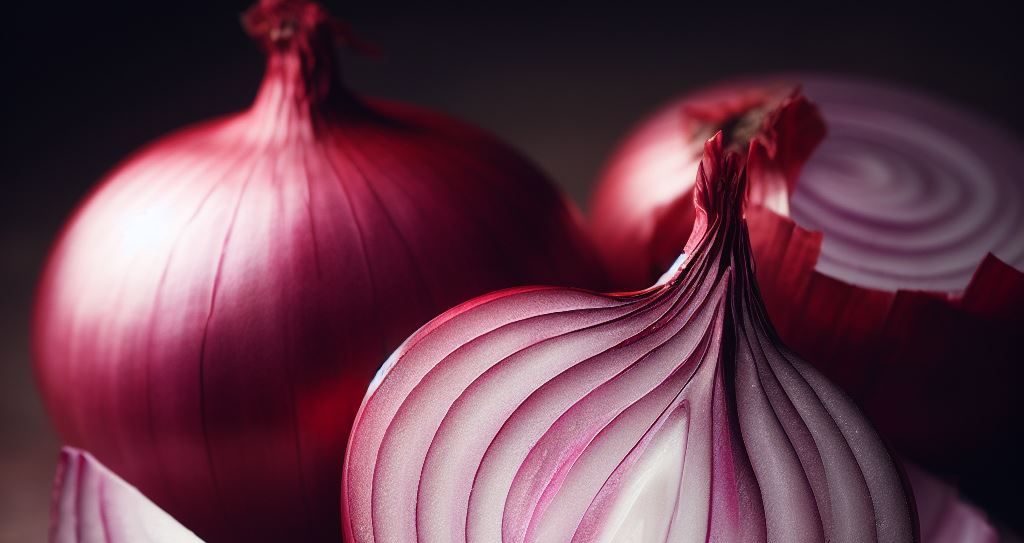Summary This post tries to provide a glimpse of the sugar industry’s dark history and the exploitation of enslaved and indentured laborers by European governments – specifically the British, French, Portuguese and the Dutch. It raises important questions about the responsibilities of european corporations and governments’ legacies of historical injustices. The post describes how the […]
Categories
